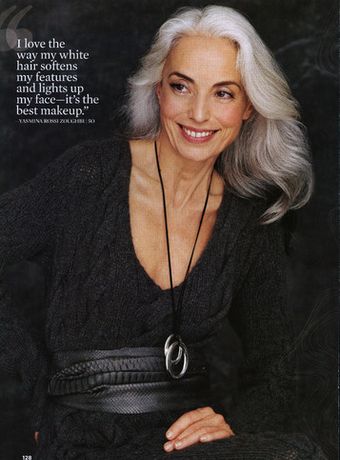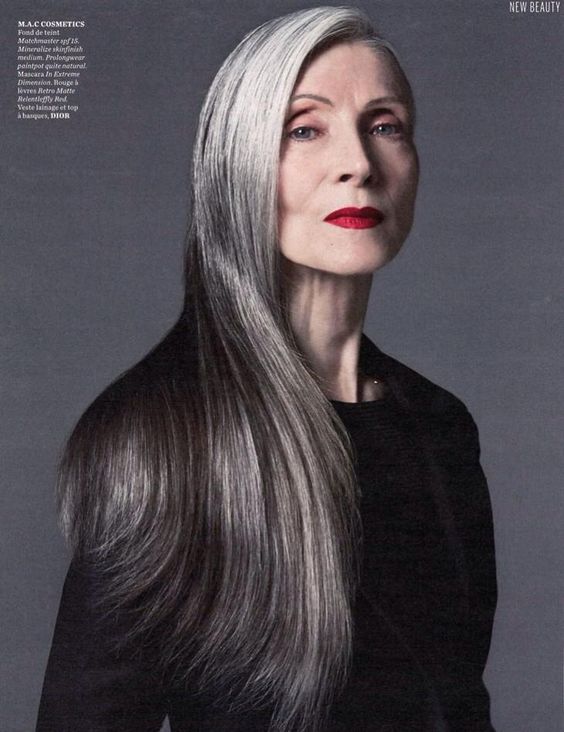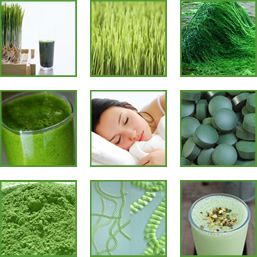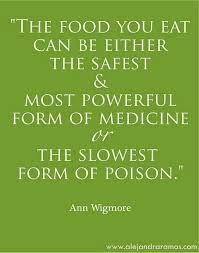 You may have had blemish free legs all your life and enjoyed wearing skirts, shorts or a swimsuit then all of a sudden your summer loses some of its shine.
You may have had blemish free legs all your life and enjoyed wearing skirts, shorts or a swimsuit then all of a sudden your summer loses some of its shine.
Spider veins seem to appear suddenly for many women from mid-life onwards – so if you have hit 40 recently or you’re near to it – find out if you are at risk.
Whilst the exact causes are difficult to pinpoint there are some common factors you ought to be aware of.
First off though – what do spider veins look like?
Look our for a network of thin blue or red veins just below the skin’s surface on your legs. The pattern made by the tiny veins resembles the branches of a tree or the structure of a spider’s web – hence their common name.
The medical name for spider veins is ‘telangiectasias’ which is probably why most of us prefer their common name or thread veins as an alternative.
This type of leg vein problem is extremely common among women – around 1 in 4 of us is affected at some stage in our lives. As skin becomes thinner and collagen decreases in middle age vein problems are more likely to show up.
The root of the problem is weakened vein valves which cause blood to leak back into the tiny branched veins in your legs and collect there. Venous insufficiency or venus reflux is the medical term. It is this leaked blood that becomes visible and unsightly to the naked eye.
We get this network of tiny veins on our legs because of gravity. Your legs bear your whole body weight and the hard task of carrying blood from the bottom of the body up to the heart make legs the main area of risk for for most women.
But not all women suffer from thread veins on their legs. The exact reasons some women get them and others escape completely is not totally clear. Whilst it will come down to your individual history and lifestyle choices there are nine risk factors which make it more likely that spider veins will be a problem for you:
1. Your age -the older you get the more likely you are to get them and they tend to first strike after your forties.
2. Your genes – having family members with thread veins is probably the single most important factor. So check out your mother’s legs – if hers are clear of the problem you have a very good chances of escaping too unless any of the other lifestyle factors take over.
3. Hormonal changes – particularly during puberty, pregnancy and the meopause. Women go through a whole range of hormonal upset and it can play havoc with our looks. Menopause is the big hormonal change after middle age and can contribute to the occurence of vein problems.
4. Taking birth control pills or other medication containing estrogen and progesterone. The longer you take them the higher the risk they may contribute.
5. Pregnancy – quite apart from the massive hormonal changes during pregnancy – your heart has to pump huge amount of blood around your body and this can cause enlargement and pressure on veins even if you didn’t have a problem before.
6. Your weight – being overweight or obese puts pressure on veins and can weaken vein valves. Many women put on weight after mid life and this can directly contribute to the emergence of thread veins and make them worse than they would have been if weight was under control.
7. Continual standing or sitting – if you have to be on your feet all day but not moving around a lot or if you sit down for most of your working day tied to a computer screen then you are more at risk. Standing puts much greater pressure on your vein valves as does sitting in one position for long periods of time.
8. Damage to the veins caused by a leg injury – it doesn’t have to be a massive injury either. Any injury that causes quite severe swelling or bruising can do it – maybe you get hit hard by a ball during a sports game or you knock your leg hard against something. Your injury may heal but at later you may spot patches of the tiny veins emerging at the site of the original bruise. The injury weakened the vein valves and caused the veins to leak.
9. Sun damage – if you love the sun – watch out. You may not have been as careful as you should have been in the past to protect the skin on your legs from UV rays. This is a common problem since many of us treat our legs differently – we may apply high factor sunscreen to our faces, necks and arms and assume our legs will be alright. You may only have seen slight skin reddening but this is a form of sunburn and spider veins are more likely to occur where the skin’s surface is damaged by the sun.
Many people confuse thread veins with varicose veins but they are different in several important ways. You don’t need to worry that the tiny veins on your legs will turn into a varicose vein – they are different conditions.
Contrary to what you may have been told – thread veins are not dangerous and shouldn’t cause pain. But they are unsightly – having them can be a source of anxiety and may affect your quality of life and your self-confidence.
The good news is that vein treatments have improved enormously in recent years and most women get great results from professional in office help. Or you can go for a less expensive option and look for the best spider vein cream that you can find.
There really is no need to put up with spider veins any longer.






Having just visited a vascular consultant (Privately) and after looking on a machine (Looks like a PC). The ankles are red black and blue also round sides. He informed me there is nothing he can do to help.
This sounds very odd. Neither of my GP’s have seen a rash around the ankle before and the calf muscle pain seems to baffle them. Surely something can be done?
In the 9 risk factors, I think it will be better to say “the heat ” instead of “sun damage”. For it’s the heat (sunbathing, sauna, hot tub, waxing…) that causes spider veins by dilating the vessels in your legs.
Thanks Cori – excess heat is linked to spider veins as you say but I know that sun exposure is especially damaging because of the effect of the UV rays. I suppose the overall message is – be careful about excess sun and make sure you protect your legs as well as your face to reduce the likelihood of getting spider veins.